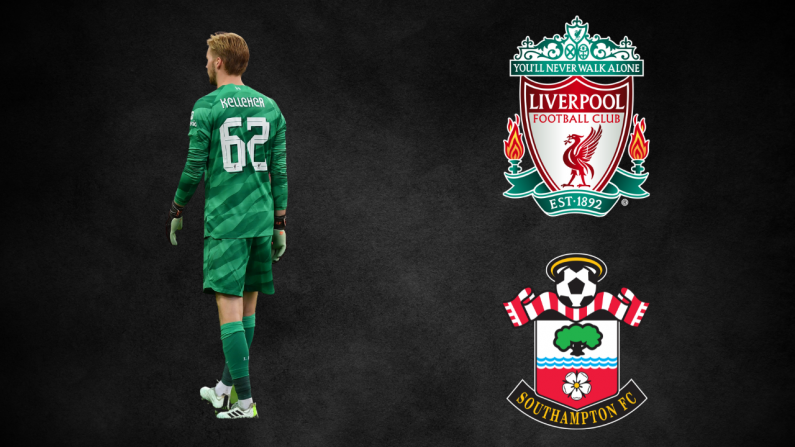At the start of last season I saw my beloved Manchester United blown away by Leicester City. The game ended 5-3 as Nigel Pearson's side scored four in the last half an hour to seal what, at the time, was a shock victory.
In the post-mortem, many put the result down to United still coming to terms with learning to work under Louis Van Gaal. They were caught on the hop, had a 3-1 lead and slept on it. That feeling was escalated when United went on to have a relatively successful season, finishing in the top four, while Leicester fell away for large parts and only survived relegation with an unbelievable late-season surge.
Looking back now, we were all wrong.
What that game was was the shoots of something huge. It wasn't just the result, it was the way Leicester played and how they went about it. Under Nigel Pearson they were tough, defended well at times and attacked with pace up front. But this year, under Claudio Ranieri, it has been taken to a new level.
What makes this Leicester team so special is its ability to play a formation in a perfect manner with well suited players.
For years, we have been told 4-4-2 is an antiquated system which is no longer useful in the modern game. And we've believed it. It leaves the midfield pair too isolated, the back four can get exposed and the strikers can be too easily marked out of the game.
And although that can be true for a large amount of time it's not universal. When you work it in your favour with intelligent, well placed individuals against teams which are now no longer used to playing against the system, 4-4-2 is still as effective as it ever was, something which Leicester have proven time and time again.
If you look at Leicester's team and break it down you'll see they have taken the system and perfected it with everyone in the team working their role surgically in tandem for the greater good.
1. They have a goalkeeper who is solid in all areas and who is a great long ball distributor.
2. They have a back four whose main job is to remain in place and defend.
3. They have a midfield two who work in sync with one dropping off when one goes forward and vice versa.
4. They have two wingers who are comfortable on the ball, good on the break and can pick out a pass.
5. They have a number 10 who will work himself into the ground for 60 minutes to tirelessly help the striker, midfielders and wingers before being replaced without fuss.
6. They have a striker who is fast, intelligent, will run the channels and can finish when given half an opportunity.
Now you might say there is nothing unusual about that but in 2016 there actually is. Today the norm is defenders who will run the ball out and play risky passes, full backs who rove forward too much, three man midfields with set jobs and a forward line which consists of two quasi-wingers and a lone central striker.
Playing the Leicester City way is something which would be more common in the 1990's when Man United were in their pomp.
Back in the day you had defenders like Steve Bruce and Gary Pallister who dominated teams with their solidity just like Robert Huth and Wes Morgan. You had young wingers like David Beckham and Ryan Giggs who were able to play in a system and fed their strikers like Riyad Mahrez and Marc Albrighton. You had a midfield pair like Roy Keane and Paul Scholes who ran games as a two from midfield like N'Golo Kante and Danny Drinkwater. And you had strikers like Eric Cantona, Mark Hughes, Andy Cole and Dwight Yorke who, like Jamie Vardy, were all great finishers who preyed on defenders with excellent service from their teammates.
And that brings us to our conclusion. All year people have been trying to explain why Leicester City are successful. Words like moneyball have even been thrown around with the general thought being that this is some sort of new age success.
It really isn't.
It's a successful use of old-school fundamentals, which have seemingly been forgotten, against an often flawed modern way of doing things.
The old-school four man midfield, with a little help from their number 10, will work together seamlessly to bypass the modern "third man" or the holding midfielder.
The modern one man up front will be isolated by the old-school defenders who are most concerned with defending.
And the modern ball playing defenders will be caught in behind by the old-school, off the shoulder, channel running striker who can put the ball in the back of the net.
As long as you have players who are able to do that, which Leicester have, it's the puzzle solved.
The explanation for Leicester City's title win isn't one of evolution, it's one of renaissance.












